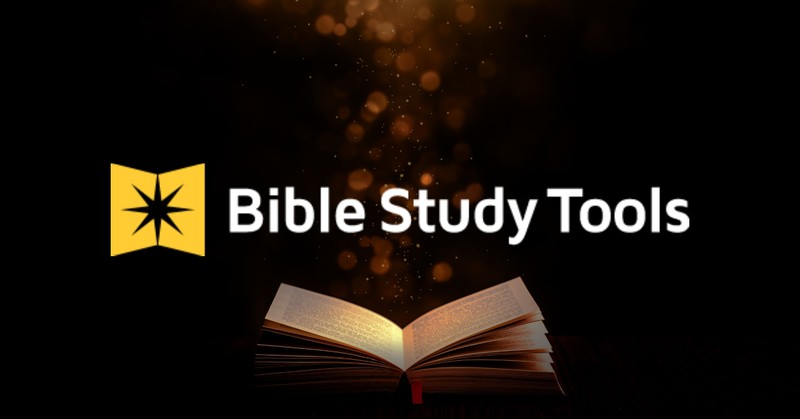What Exactly Is the Lord’s Prayer?
Share

Few prayers are as recognizable to believers and nonbelievers alike as the Lord’s Prayer. Sometimes it is featured in snippets, or sometimes in its entirety by people’s spoken prayers or in publications.
First shared by Jesus Himself in the book of Matthew, the Lord’s Prayer was presented as a model prayer for believers to fully connect with God and not pray for attention or show, as Jesus pointed out some had done.
The words of the Lord’s Prayer are simple in word choice and tone, but speak volumes of what it means to trust God with His plan and to avoid temptations for evil anyway possible.
As we examine the Lord’s Prayer, we will be able to compare and contrast how our prayers hold up in regards to this exceptional prayer. We will see what Jesus was not only teaching His disciples, but all of us, about what it means to truly pray from the heart.
The Lord’s Prayer in Scripture
Tucked away within the pages of Matthew, the situation leading up to the Lord’s Prayer was one of education on the realities of prayer being presented in town. Jesus pointed out in Matthew 6:5 that when the disciples were to pray to God, they were not to pray like the “hypocrites” in town.
The hypocrites, who might have been construed as those of Jewish leadership in the town, prayed out in public so that people would see and admire them for their faith with the Lord (Matt. 6:5).
In Jesus’s eyes, here was what He advised of the stance of prayer: “But you, when you pray, go into your room, and when you have shut your door, pray to your Father who is in the secret place; and your Father who sees in secret will reward you openly” (Matt. 6:6).
Jesus then described the Lord’s Prayer in detail as a model prayer to use in private prayer with God:
“Our Father in heaven,
Hallowed be Your name.Your kingdom come.
Your will be done
On earth as it is in heaven.Give us this day our daily bread
And forgive us our debts.
As we forgive our debtors.And do not lead us into temptation,
But deliver us from the evil one.For Yours is the kingdom and the power and the glory forever.
Amen” (Matthew 6:9-13).
There is also a shorter version of the Lord’s Prayer found in Luke 11:2-4, which was given by Jesus as a response when one of His disciples asked Him for guidance on praying.
Why Does Jesus Teach His Disciples the Lord’s Prayer? Don’t They Know How to Pray?
In several words, yes, the disciples knew how to pray and had witnessed Jesus lead others in prayer several times, as they had prayed for others and themselves also.
But when Jesus mentioned in Matthew 5:5 about not praying as the hypocrites do, wanting glory and acclaim for themselves rather than for God, the disciples probably desired knowing the true way to pray that glorified God and spoke to Him most.
Jesus was the Son of God so it can be safely assumed that He knew the words that would touch the Lord’s heart the most. He stated that when we pray “vain repetitions as the heathen do,” that would not be pleasing to God as their “many words” won’t be heard by God (Matt. 6:7).
People who pray in this mindset aren’t looking to hear from God or to know what God wants of their situation, but to win the acclaim of men around them because of how holy and connected to God they appear to be (but really aren’t).
What God would want most in prayer from the disciples, and us as well, are prayers from the heart that express love for Him, willingness to partner with Him, and knowledge that His plan is the best to follow.
How Jesus Teaches Us to Pray with the Lord’s Prayer
Several components of God’s love and guidance can be found in the Lord’s Prayer, from trust to forgiveness, and these elements are what Jesus wanted to instill in His disciples, as well as generations of believers to follow.
Jesus expressed that God already knew what our needs were before we even presented them in prayer (Matt. 6:8). So with this knowledge, the Lord’s Prayer should be a reminder to us that God knows what we need, but loves for us to bring our needs to Him in prayer.
The introduction of the Lord’s Prayer recognizes God – “our Father in heaven” – and the importance of recognizing His name and that His will is to be done in heaven and on earth.
The prayer requests next for God to supply us with our daily needs, primarily food, water, shelter, community, etc.
The following stanza is one many notice but can be glossed over in what Jesus is asking: “And forgive our debts, as we forgive our debtors.” Here Jesus is reminding believers that if we want God to forgive us for the sins we have done, we must extend the same grace to those who are in debt to us, thus demonstrating Christlike love to them.
Knowing also the fallen state of this world, Jesus included the stanza of not being led into temptation by God, but being delivered from the evil one instead. We will be tempted throughout our time here on earth, but by asking for God’s protection and guidance against it, we can be delivered from evil intentions.
Finally, the last stanza recognizes that the kingdom, power, and glory is God’s. Everything that He touches is His. It is best in His hands because this power and glory is not for the selfish gain of God, but the redeeming love and provision for us, His children.
Can We Personalize the Lord’s Prayer for Our Current Situation?
The Lord’s Prayer can take the form of what our current situations are, as long as the meaning is not diminished to accommodate what we hope to gain in the situation.
Instead of “Hallowed be your name,” praise could be put in place to thank God for all He has done for us.
Instead of “give us this day our daily bread,” we could change this to “give us what we need to follow and celebrate you today.”
Instead of forgiveness for our “debts” and forgiving our “debtors,” we could change this to forgive us for the sins or the wrong things we do, and that we will forgive those who have wronged us.
In terms of “leading us into temptation,” we could change this to ask God not to lead us into wrongdoing, but for protection against the evil of the world, brought on by the evil one himself, Satan.
Researching the terminology of the Lord’s Prayer will help most in knowing how to personalize the prayer to speak more to what you are going through right now. God’s Word is always relevant.
Pray This Prayer from the Heart
Many will say they know of or have read (or even recited) the Lord’s Prayer at some point in their lives, capturing what many of our prayer requests to God are about.
But learning the background story of the Lord’s Prayer gives us encouragement, knowing Jesus was directing us to this model prayer as a way to be authentic with God, and not just praying for show for those around us.
We can personalize the Lord’s Prayer to fit what circumstances we are experiencing in our lives right now. But whether you are reading it in its original context, or in the form you share with God in your prayer time, it’s the fact that you are going to God in prayer for these things that matters most.
It might be called the Lord’s Prayer, but it’s as much our prayer of praise and worship to the heavenly Father who knows all that we need before we ask Him. He delights in our time with Him, so we should experience the same delight with Him as well.
Photo credit: ©Getty Images/Arrangements-Photography
